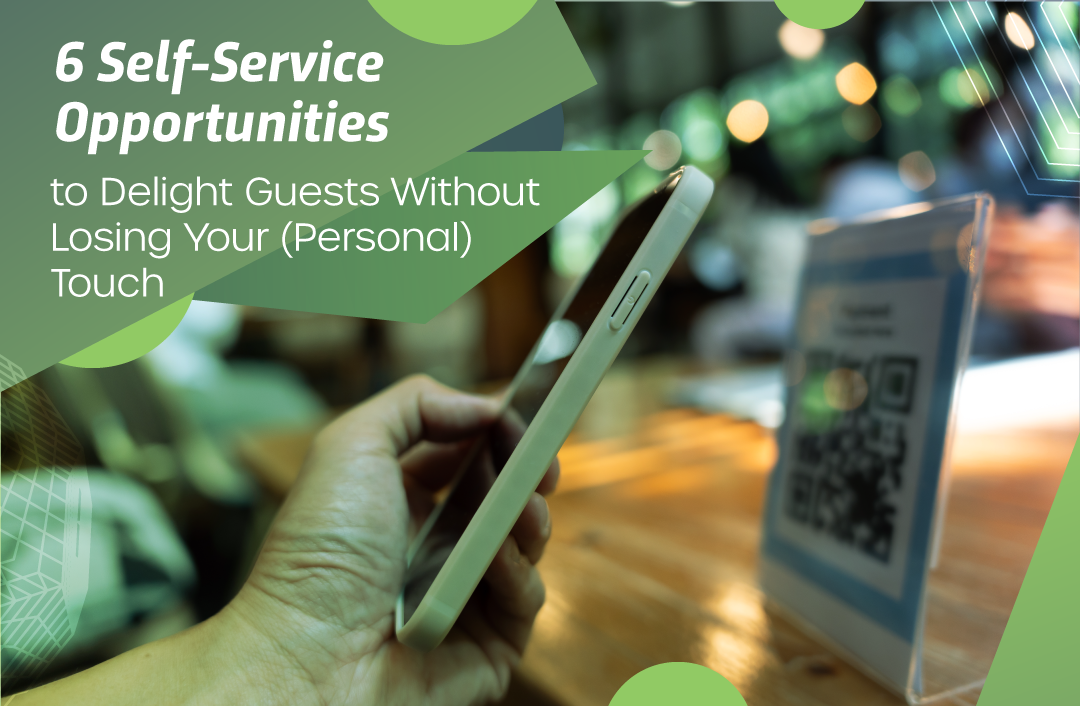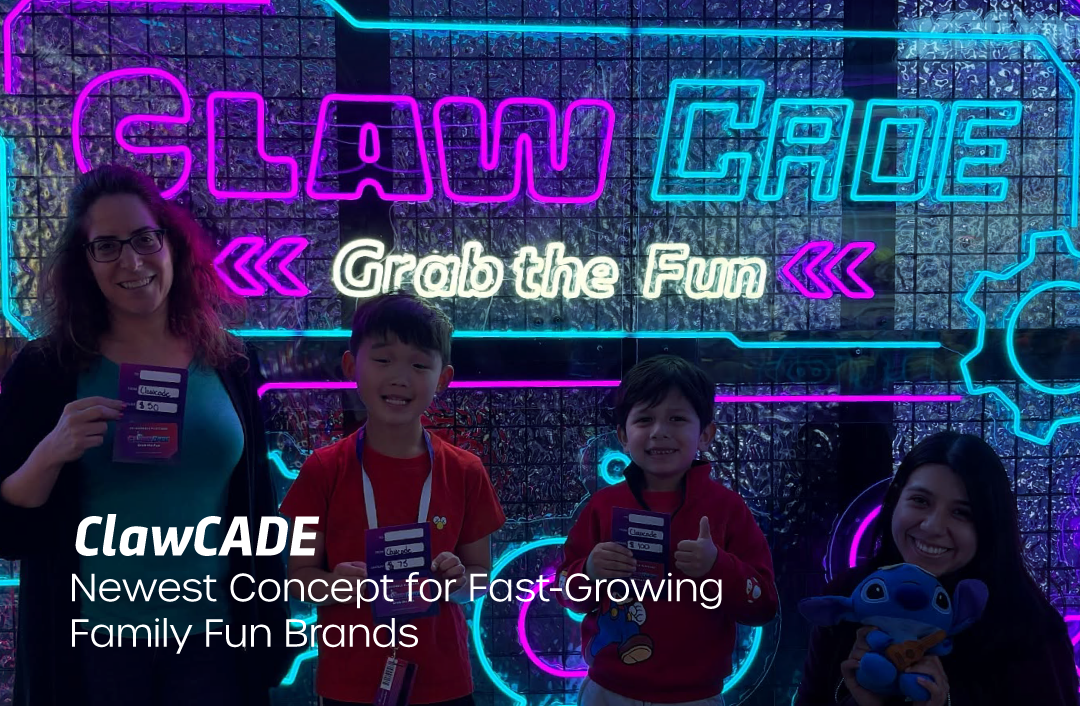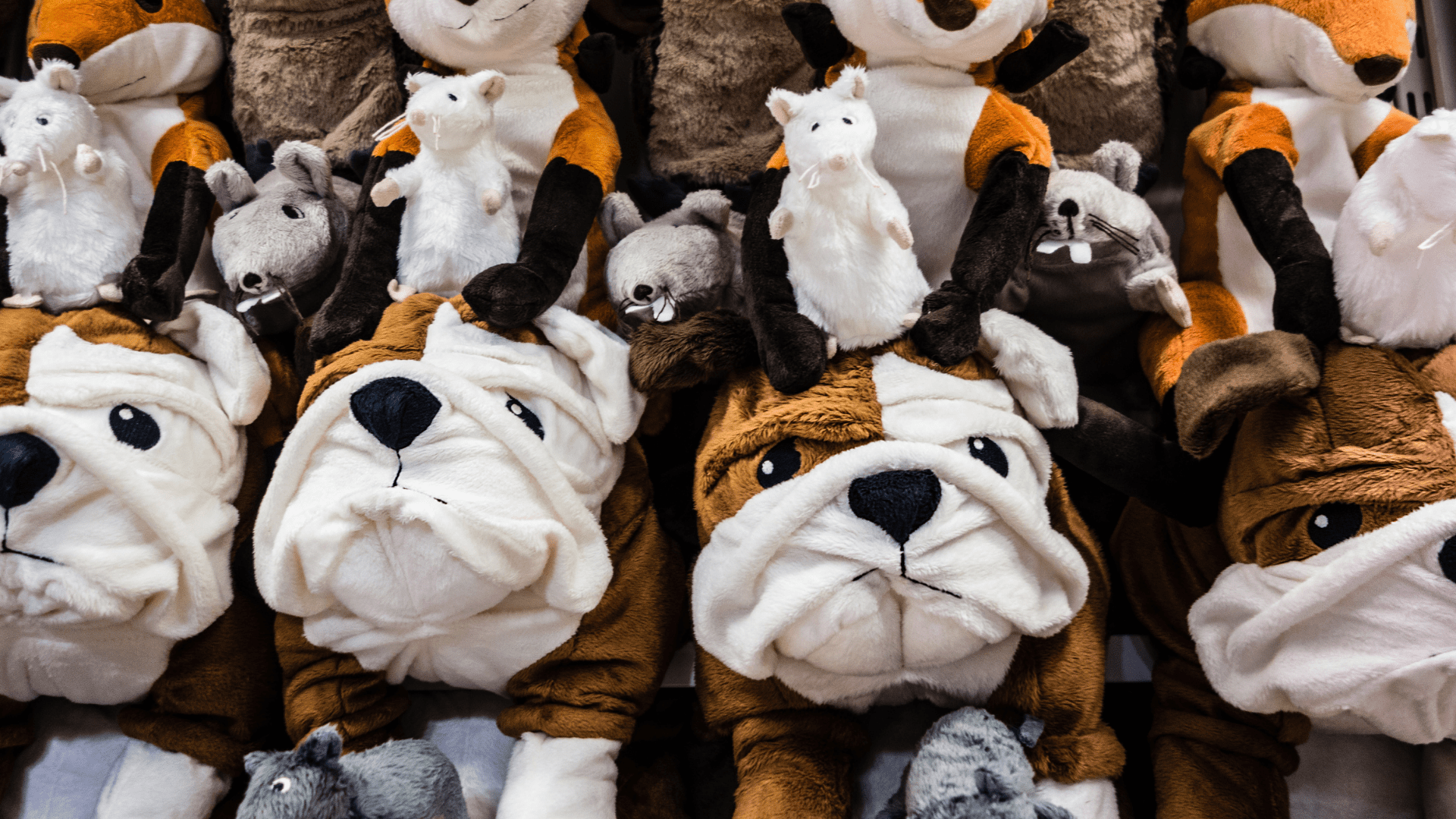Redemption Plus’ Megan Burtch shares important tips to help maximize the impact of this important offering.
No matter what kind of game room experience you offer, your redemption experience matters. As the last guest service touchpoint you have with your audience onsite, this experience can leave guests excited to return – or excited to be leaving.
This week, we sat down with Merchandising Expert, Megan Burtch of Redemption Plus, and asked her to share her insights into building a strong redemption strategy, mistakes to avoid, and other common questions operators ask.
Question 1: What are the top three steps that lead to a winning redemption strategy?
Megan: First, we recommend that you Merchandise by Theme, with like items positioned together, similar to what you’d see in a grocery store. Our brains love categories and patterns, and looking at a neatly organized wall will make it easier for your guests to choose prizes. This can be done whether you have a smaller wall – dedicate a small section of 5-6 skus to each theme, your plush on the right-hand side of the wall, and all of the putties and slimes in this section over here; or if you have a large room and can dedicate an entire wall to Balls or Action Gear.
This will also increase efficiencies, as it will be easier to place orders and stock the wall. You’ll want to set the storage area up to match, utilize clear storage totes, and label everything. It will be so much easier for your staff to restock the Light Up section if they only have to look for product on two clearly labeled shelves.
Second, You’ll want to offer prizes in a wide range of ticket values, so that each guest can take home a prize no matter how many tickets they have. It’s a good idea to include multiple ticket values within a theme- if every piece of plush you offer is 1500 tickets, what about your guest that desperately wants something to snuggle but only has 400 tickets?
And third, consider using the 80/20 rule. It is important to keep your prize selection looking and feeling fresh, but that doesn’t mean you have to change out every single item on a monthly basis. The 2017-2018 IAAPA Benchmark survey found that the average guest visits an FEC/BEC 2.4x per year- so if you’re changing displays much more frequently than that, most guests won’t see it.
This is where the 80/20 rule comes in- keep about 80% of your assortment full of tried and true products- Samurai Swords, Whoopie Cushions, and Finger Traps. Think of these as your staples- your bread, eggs, and milk if you will. The other 20% of items you can swap out more frequently, as the latest licenses come out for movies and games, seasonal products, or the newest technology. Think of these as your Pumpkin Spice Coffee Creamer and Seasonal Oreo flavors.
Question 2: What are some of the mistakes operators make in redemption?
Megan: One of the biggest mistakes people make is focusing on too many high-ticket items. It can be so tempting to fill your redemption space with tons of high-value items – gaming consoles, name-brand headphones, the latest kitchen gadgets, designer handbags and accessories, etc.; but it’s crucial to remember that high-value items take a LONG TIME for guests to save up for.
Our data shows that 70-80% of prizes redeemed fall under 1250 tickets, so blowing a huge chunk of your budget on items that will sit on a shelf for a significant amount of time will be a big disservice to the majority of guests. Of course, watch your usage reports and if you find that you have many guests saving up for these items, by all means, bring them in! But perhaps only bring in one or two pieces at a time – if you purchase 6 gaming consoles, by the time they’re all redeemed they might be obsolete.
Another mistake we often see is not knowing your demographic. Most family entertainment centers appeal to a wide age range, but some do not. If you’re an adult-focused, premium value center that focuses on bar service, you wouldn’t want to have the majority of your prizes appeal to young kids, like bubble blowers, dinosaur sets, or dress-up kits. On the other hand, if you’re an Inflatable or Soft Play Facility that trends in kids 8 and younger, don’t fill the prize display with Shot Glasses, Housewares and Electronics. Prizes drive gameplay, and if guests don’t have any prizes to motivate them, they won’t play.
Question 3: How do you calculate game payouts and redemption markups?
Megan: Game Payouts and Ticket Markups go hand in hand. The industry standard is to pay out 18-24% on your games. The standard redemption markup is 2x. These two should function as levers and balance one another out. With these two metrics in line, you should find yourself running an average of about 12-15% Cost of Goods Sold (COGS). For every dollar coming into the game room, 12-15 cents worth of product should be going out. (We offer a Crane Payout Calculator and COGS Calculator as part of our Operational Toolkit).
Question 4: What are some easy-to-implement best practices that operators may not know about?
Megan: Save yourself time and headache by weighing bin items. Come Inventory time, you’ll be in for a long night if you’re counting up every single Tootsie Roll and Finger Trap. Weigh them instead! Weighing out 12 pounds of Bouncy Balls equaling 540 pieces is a lot quicker than counting up each piece individually. You can also find a Bin Weight Calculator as part of our Operational Toolkit.
We also recommend using a ‘One to Show, One to Go’ strategy. This strategy is for large items on display, Lava® Lamps, etc. Put one item out on display (one to show,) and when the guest wants to redeem, sell them one out of back stock (one to go.) This way, you don’t have to climb up and down ladders, tear apart your display and leave empty holes, or send a guest home with a hot lamp (and really, once a lamp or electronic is out and on display, it shouldn’t be sent home as who knows how much life is left in that product.)
And finally, don’t underestimate the power of a Remote Display. Setting up displays of prizes around the game room will help keep prizes top of mind- and remember, prizes drive gameplay. Your guests will be super excited to see a kayak hanging from the ceiling or a bike on top of a claw machine. Hang a piece of grid wall out in the game room and stock with big plush and balls- bright, colorful items that draw attention and remind guests to play. Or implement this strategy digitally- set up a slideshow of prizes that runs on digital signage throughout the facility.
Question 5: Is there anything else you want to share with CenterEdge Operators?
Megan: The most important thing to remember is that your guests are in your facility to have a good time, and redemption is often the last place they visit before leaving. You don’t want it to be a frustrating experience, or they might think twice before spending their entertainment budget next time. Prizes drive gameplay, but winners make players. Let them win and show them a good time while doing it!
CenterEdge: Thanks so much to Megan Burtch and the Redemption Plus team for chatting with us today, and for their efforts developing tools and resources to help operators succeed in this very important category. Be sure to check out their operational toolkit at http://go.redemptionplus.com/operationaltoolkit. If you have more questions or want to learn more about Redemption Plus, contact Megan at mburtch@redemptionplus.com.
Search Resources
Subscribe to Email Updates
Featured Resources
Blogs //
6 Self-Service Opportunities to Delight Your Guests Without Losing Your (Personal) Touch

News //
CenterEdge Now Integrates with PourMyBeer to Help FECs Serve Up Success

News //
ClawCADE is Newest Concept for Fast-Growing Family Fun Brands

Blogs //
Data-Driven Decisions: Using Management Software to Optimize Staffing & Guest Flow

Posts by Topic
- Advantage Payments (7)
- Brand Management (19)
- Business Growth (81)
- Capacity Management (2)
- CenterEdge News (28)
- Client Interviews (8)
- Credit Card Processing (3)
- Data & Reporting (12)
- Digital Signage (1)
- Event Management (20)
- Facility Management (10)
- Food & Beverage (8)
- Guest Experience (34)
- Guest Management (20)
- Holiday Season & Promotions (5)
- Industry Events (10)
- Inventory Management (1)
- Loyalty Programs (8)
- Marketing Tips (24)
- Operations (1)
- Point of Sale (10)
- Product Launch (11)
- Productivity (5)
- Profitability (35)
- Redemption Management (1)
- Sales (35)
- Season Passes (1)
- Team Training (60)
- Waivers (2)

Leave a Comment